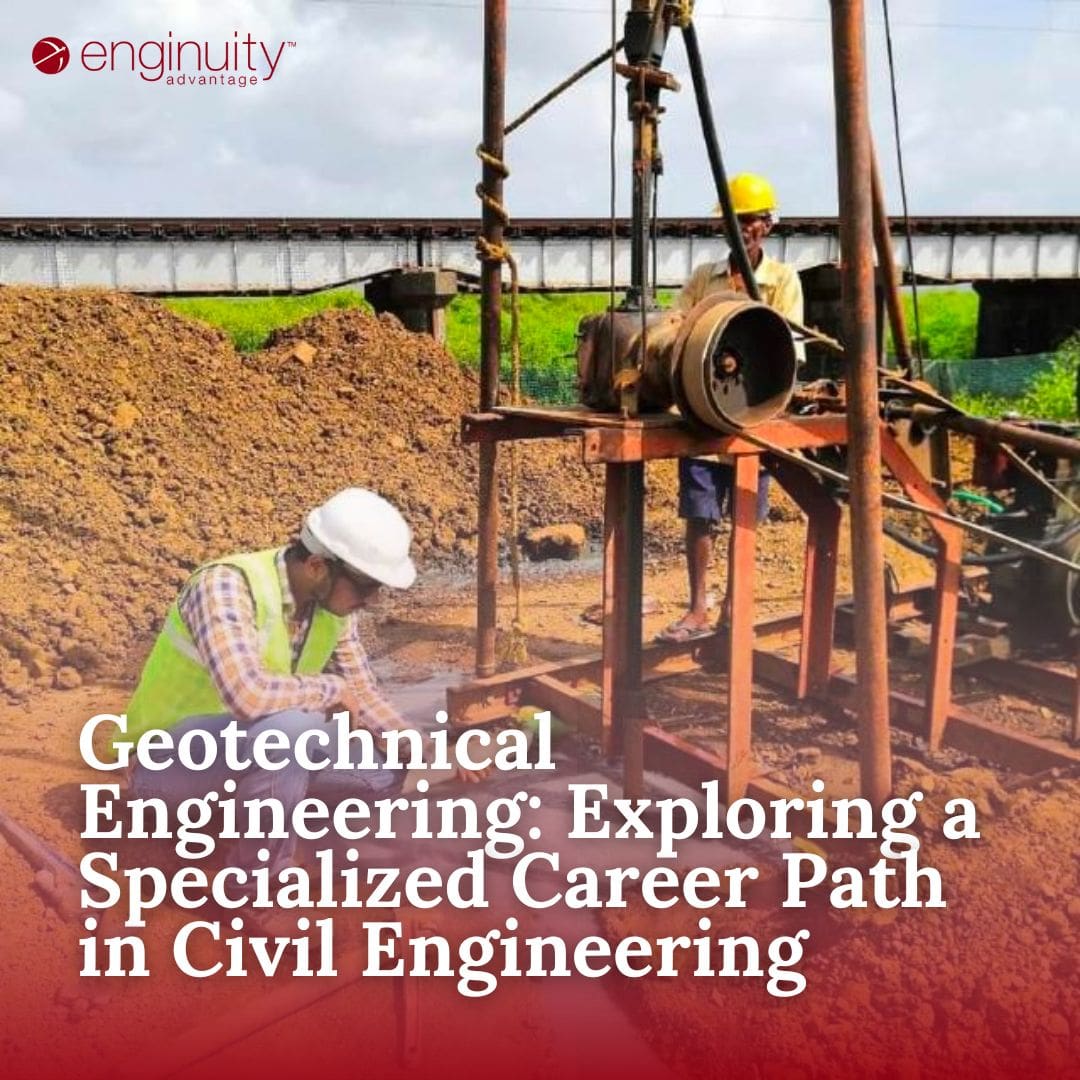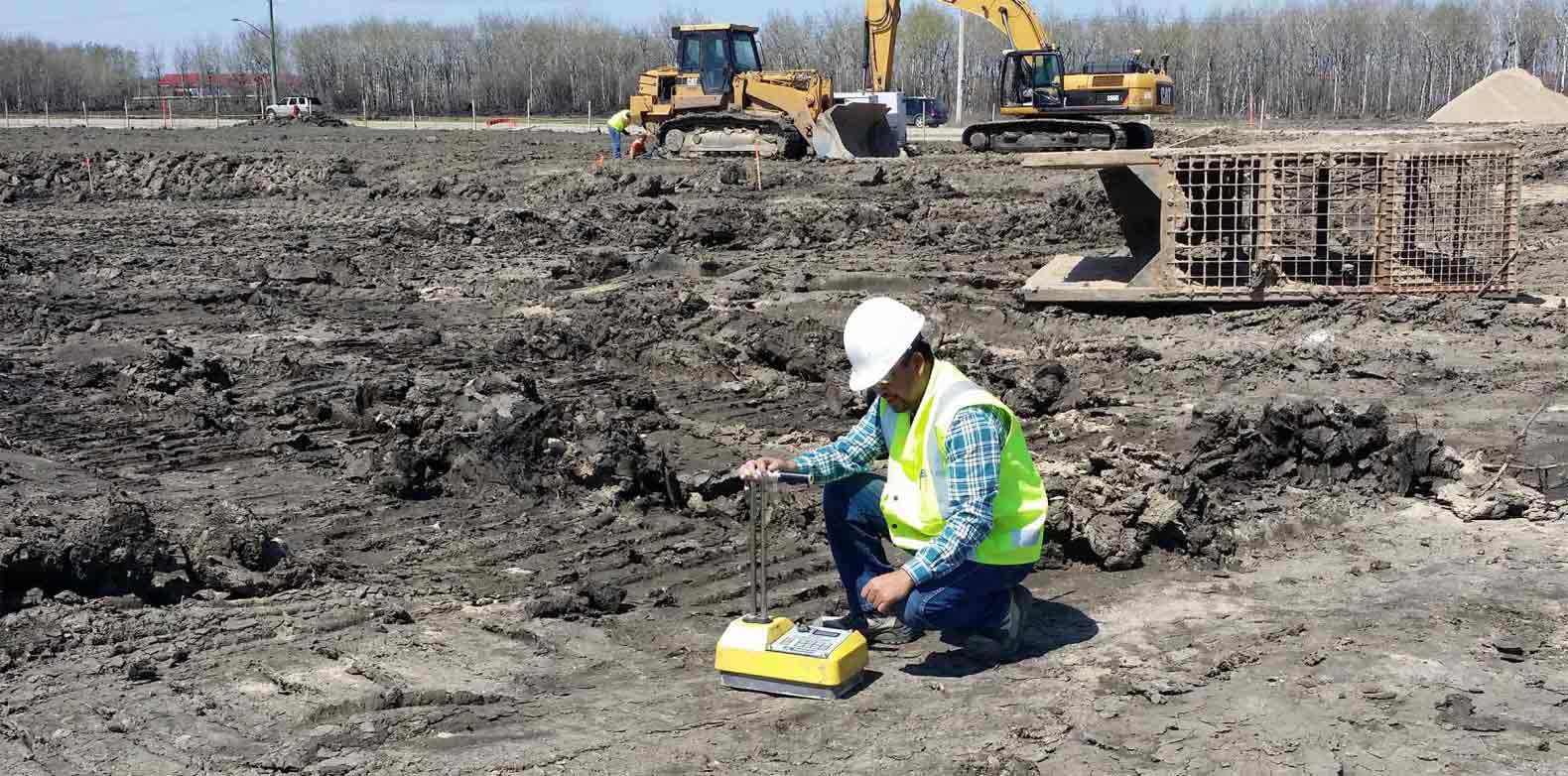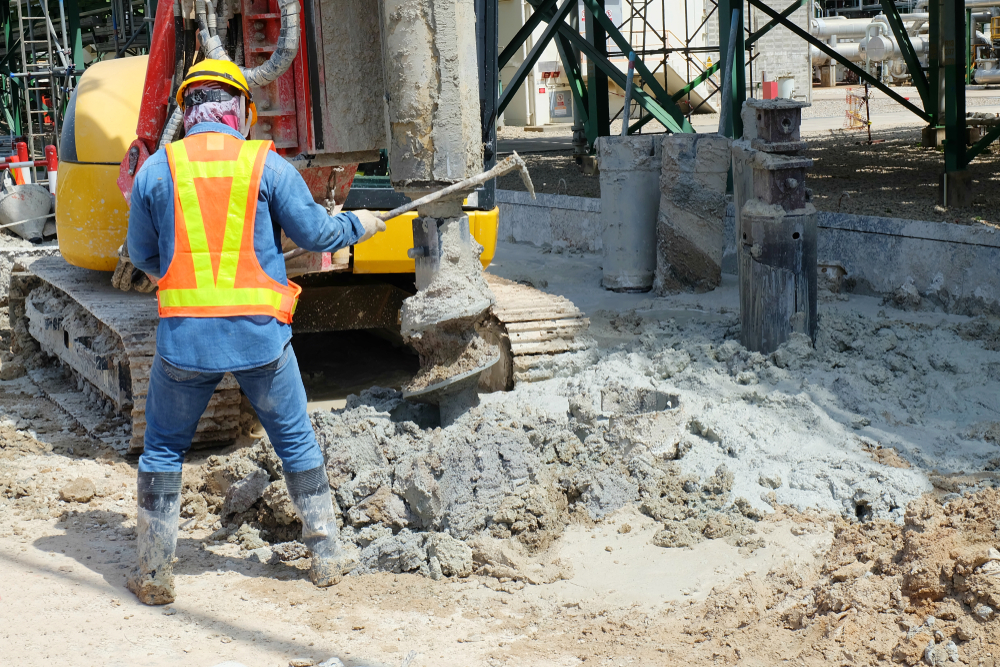How an Experienced Tailings Engineer Can Optimize Your Mining Operations
Wiki Article
Understanding the Essential Duty of the Geotechnical Sector in Modern Building Projects and Infrastructure Growth
The geotechnical industry is a keystone of contemporary building and construction and framework advancement, offering critical insights into dirt behavior that straight influence job end results. Via advanced dirt evaluations and cutting-edge engineering remedies, geotechnical specialists not only make sure architectural honesty but likewise address sustainability worries amid advancing ecological criteria.Significance of Soil Assessment
Soil assessment plays a vital role in the geotechnical market, acting as the structure for educated decision-making in building and construction jobs. Exact soil examination is essential for identifying the viability of a site for numerous types of structures, including household homes, commercial buildings, and bridges. By evaluating soil structure, moisture, thickness, and stamina content, engineers can anticipate prospective difficulties and mitigate risks connected with ground instability, disintegration, and negotiation.The assessment process typically involves a series of tests and observations that provide crucial info regarding the subsurface conditions. This information informs the layout and building and construction processes, ensuring that frameworks are improved solid ground with appropriate support. Additionally, comprehending the dirt account makes it possible for engineers to pick proper construction approaches and materials, maximizing resource utilization and minimizing costs.
In addition to making certain architectural honesty, soil analysis adds to ecological sustainability. By identifying possible contamination or damaging impacts on surrounding ecological communities, engineers can apply strategies to protect these natural deposits. Generally, complete dirt assessment is vital in the geotechnical area, underpinning the safety, performance, and ecological obligation of building and construction jobs.
Trick Geotechnical Techniques
A range of crucial geotechnical techniques are employed to improve the stability and assess and efficiency of construction websites. One fundamental technique is soil sampling and testing, which permits engineers to figure out the chemical and physical properties of the ground. This info is crucial for making informed choices relating to foundation design and building techniques.One more necessary method is site characterization, which involves the comprehensive assessment of soil and rock problems via techniques such as borehole drilling and in-situ testing. Techniques like Standard Penetration Tests (SPT) and Cone Penetration Examinations (CPT) give beneficial data on soil stamina and stratigraphy.
Ground enhancement methods, such as soil stablizing and grouting, are also essential in improving the load-bearing ability of weak soils. These approaches can reduce settlement and enhance general website problems.
Additionally, slope stability evaluation is essential for identifying potential landslide risks and making sure the safety of excavations. This evaluation typically utilizes mathematical modeling and limitation stability methods to predict dirt behavior under various problems.
Including these geotechnical techniques into building and construction planning not only enhances task outcomes yet likewise ensures the long-lasting sustainability of facilities development.
Effect On Building Safety And Security

Furthermore, effective geotechnical engineering entails executing reduction methods for recognized risks. This might consist of soil stablizing methods, maintaining frameworks, or drain systems to ease hydrostatic pressure. By dealing with these variables, construction teams can reduce the chance of accidents and enhance employee safety engineer of record and security.
Additionally, continuous tracking of website conditions is vital throughout building. Geotechnical tools can give real-time information relating to ground motion and stability, enabling timely treatments when essential.
Fundamentally, the geotechnical sector plays a crucial role in protecting building and construction jobs. By prioritizing ground stability and using rigorous analysis approaches, the geotechnical field not just safeguards the labor force yet additionally adds to the longevity and dependability of built facilities.
Sustainability in Geotechnical Practices

Moreover, geotechnical designers are now using advanced innovations, such as geosynthetics, which improve soil security while minimizing the volume of material required. This not just preserves sources however also causes less waste generation (consulting engineer). The integration of lasting style concepts right into geotechnical design motivates making use of renewable resource resources in building and construction processes, even more lowering carbon discharges
In addition, thorough site evaluations are crucial for determining prospective environmental impacts prior to building and construction starts. By performing these evaluations, geotechnical specialists can create strategies that minimize damaging results, guaranteeing conformity with ecological regulations. On the whole, the emphasis on sustainability within geotechnical techniques not only adds to the longevity and resilience of framework but also advertises a responsible method to land and source management. This commitment is essential for fostering sustainable development in the modern-day building landscape.
Future Trends in Geotechnical Design
Development is driving the future of geotechnical engineering, as arising approaches and innovations improve the industry. The assimilation of innovative data analytics and expert system is readied to revolutionize website examination and risk assessment, making it possible for designers to make more educated decisions based upon real-time information. In addition, using geosynthetic products is getting traction, using lasting solutions that boost soil security and lower ecological influence.An additional significant pattern is the adoption of automated and robotic systems for tracking and building procedures. These technologies not just enhance accuracy yet likewise enhance safety by reducing human involvement in unsafe settings. Additionally, the implementation of Structure Info Modeling (BIM) in geotechnical design helps with boosted collaboration among stakeholders, optimizing project shipment and reducing prices.
As environment adjustment presents brand-new obstacles, the sector is progressively concentrating on strength and flexibility in style techniques, guaranteeing framework can withstand extreme weather events. Ultimately, the ongoing fad towards sustainability will certainly drive development in eco-friendly materials and methods, straightening geotechnical engineering with wider environmental objectives. Collectively, these trends will form an extra efficient, sustainable, and resistant geotechnical landscape for future jobs.
Final Thought

The geotechnical market is a foundation of modern-day building and construction and framework growth, offering crucial understandings into dirt behavior that directly influence project results. geotechnical engineers.Dirt evaluation plays an important duty in the geotechnical sector, offering as the foundation for educated decision-making in building projects. Generally, complete dirt assessment is vital in the geotechnical area, underpinning the safety, effectiveness, and environmental responsibility of construction projects
Construction safety is substantially influenced by geotechnical practices, as the stability and integrity of the ground straight affect the general security of a construction site.In final thought, the geotechnical industry is vital in modern building and construction and framework development, offering important evaluations that make sure architectural stability and safety.
Report this wiki page